I came to understand the garden as a space of sensual knowledge production, where sight, sound, smell, and taste serve to bring gardeners into intimate relations with urban ecology, building a sense of belonging that is both reminiscent of their homelands and a practice of placemaking in Philadelphia.
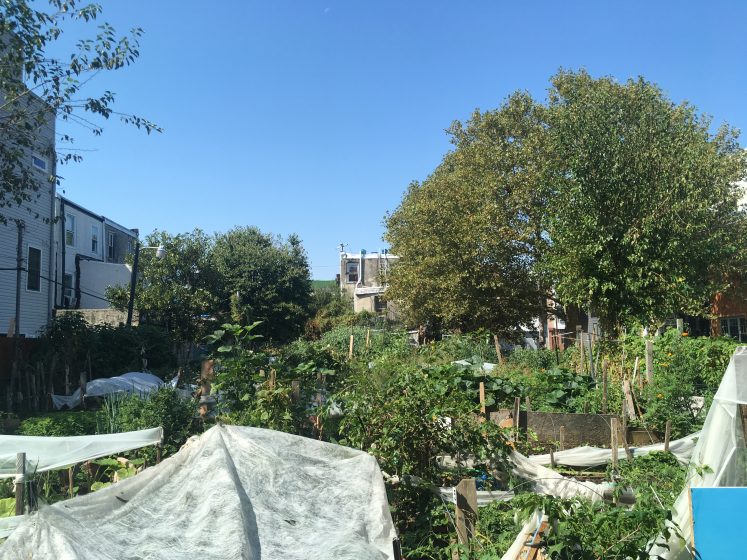
The Growing Home community gardens (henceforth Growing Home) were started in 2010 and are primarily managed and maintained by Southeast Asian migrants—Nepali, Bhutanese, Burmese Chin, Karen Burmese, and Kachin—who have migrated to South Philadelphia over the past 20 years, many under refugee status. Other gardeners include Vietnamese and Cambodian community members who largely migrated to Philadelphia in the 1970s, some as refugees, and a handful of other African-American and white neighborhood residents. They work in conjunction with the Southeast Asian Migrant Aid Association Coalition (SEAMAAC), a nonprofit founded by a Vietnamese refugee in the early 80s.
The gardeners at Growing Home grow “culturally relevant” foods (herbs, spices, and vegetables commonly found in their home country’s cuisine) that can survive in Philadelphia’s climate. According to a report from the gardens’ first years, Growing Home produces over 5,000 pounds of produce each season, which provides economic relief and sustenance for what are largely low-income constituents.
While food is undoubtedly a major reason for Growing Home’s success, both for its gardeners and its various stakeholders (which includes the City of Philadelphia, who initially leased the land for the garden), my research there focused elsewhere. In particular, I came to understand the garden as a space of sensual knowledge production, where sight, sound, smell, and taste serve to bring gardeners into intimate relations with urban ecology, building a sense of belonging that is both reminiscent of their homelands and a practice of placemaking in Philadelphia. During many of my visits to Growing Home, gardeners would drop by to harvest only a few choice herbs or spices—sensational additions to the evening meal. This was an initial cue that this garden needed to be understood sensually, sensationally, and sensorially, in order to grasp just what (and who) it belonged to.
Building on conversations developed at the Center for Experimental Ethnography at the University of Pennsylvania and with sensory ethnographer Ernst Karel, I chose to approach my fieldwork at the garden through a practice of listening—paying attention to sound and using a variety of microphones and recording techniques to augment my ability to hear. This observational practice brought me into a specific kind of intimacy with the gardens and gardeners, one that was not based exclusively in language, but attuned to somatic experience, gesture, and physical sense.
The practice of listening immediately served to challenge my basic assumptions about the gardens and its context. To truly situate this place within dynamic ecological and cultural processes required listening past familiar categories like urban, natural, infrastructural, human/nonhuman, and giving myself over to a sensorial experience of place that, I hope, transcends more common intellectual paradigms.
Jake Nussbaum
Philadelphia


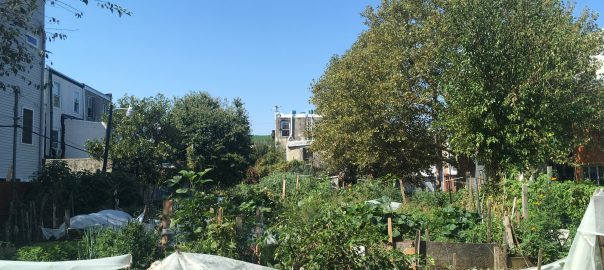
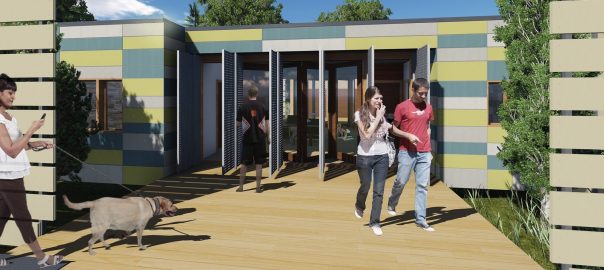
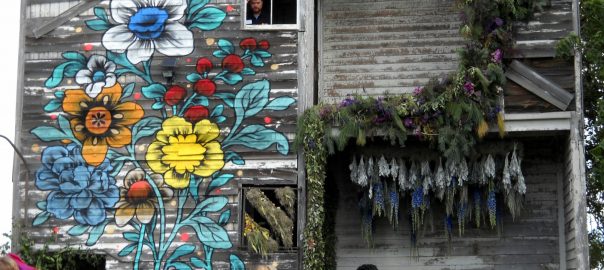
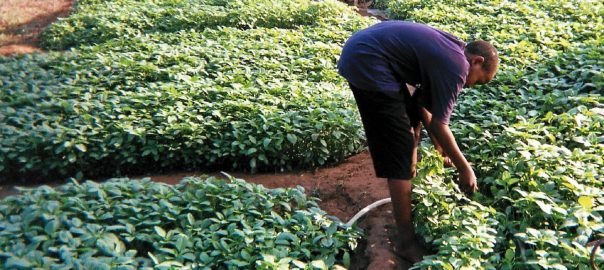

Leave a Reply